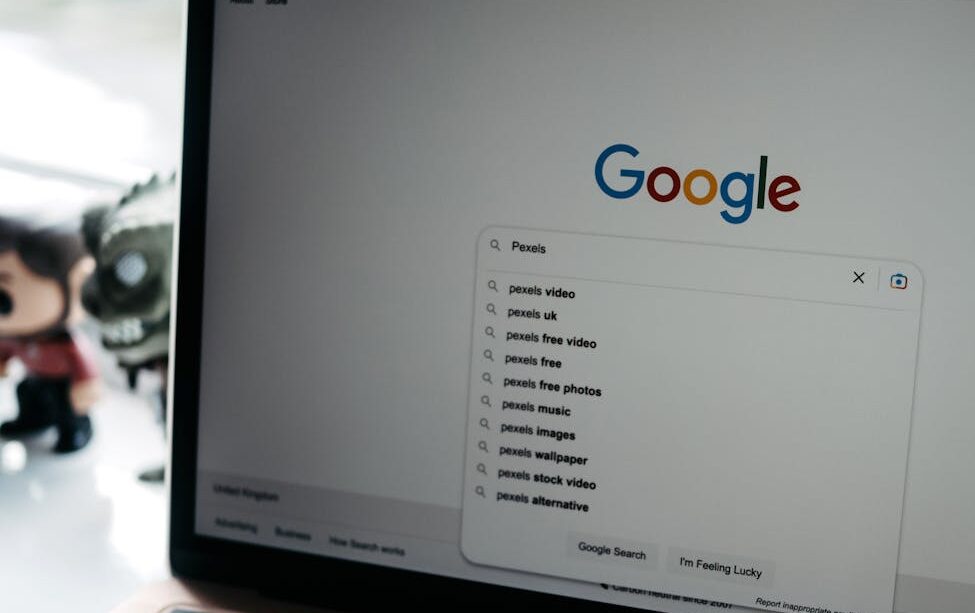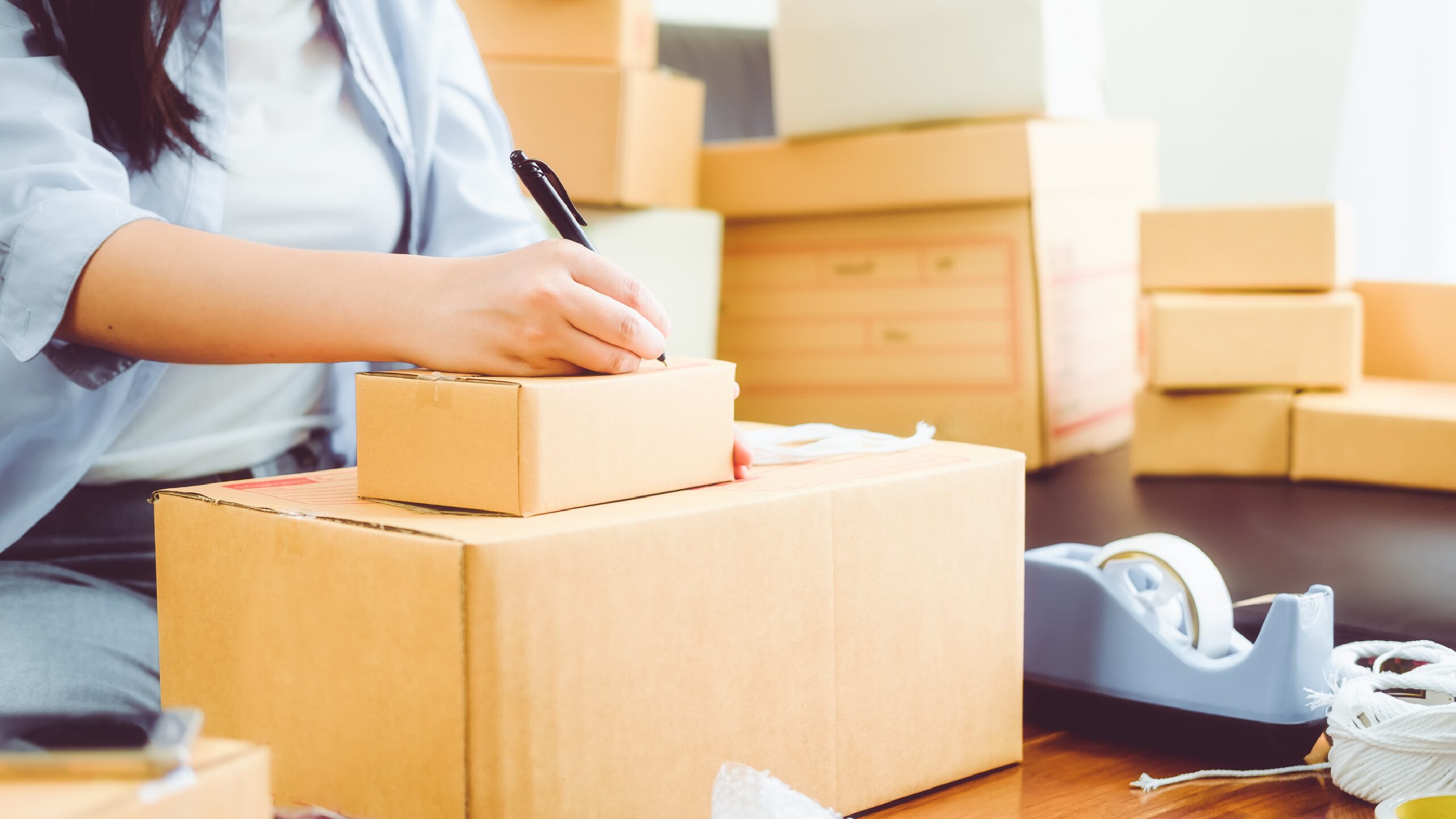Ever wonder how businesses land in the top spots of Google’s Local Pack? You’re not alone! With 46% of all Google searches having local intent, securing a top position can significantly increase traffic, leads, and sales.
In this guide, we’ll break down the top 5 local pack ranking factors that determine whether your business makes the cut. Whether you’re a small business owner or an SEO specialist, these insights will help you optimise your local search presence.
What Is the Google Local Pack?
The Google Local Pack is a feature included in the search engine results page (SERP) that displays a map and three local businesses relevant to the keyword. For example, typing in the keyword “Plumber Manchester” would bring three local plumbing businesses that operate in/around Manchester to the local pack.

Appearing in the Google Local Pack will give your business more visibility, increasing the likelihood of website clicks and enquiries through your website. The local pack does differ from regular organic search results, as the pack only displays businesses relevant to the intended search area.
So, if your business operates in Lincoln, you are not going to be appearing in a Manchester map pack. Although, there are a few ways you can ensure you have the best chance of appearing in the map pack for your chosen location.
1. Google Business Profile (GBP) Optimisation
If you haven’t yet set up your Google Business Profile, get on it, now! Not to seem demanding, but your conversions and visibility will suffer without it. Here is a step-by-step guide on how to set up your profile from our local SEO plan–
- Go to this URL- google.com/business.
- Click “Manage Now”.
- Enter your business name and click on “Next”.
- Enter your business address. If you don’t have a physical business, but deliver products/services, in the local area, click “I deliver goods and services to my customers” and “Hide my address”.
- Pick your business category. It is important this category is as accurate as it can be, as Google will use this to evaluate your business.
- Add your business phone number.
- Add your website’s URL.
Make sure to add all your business information including your name, address, and phone number (NAP). Google get’s a little picky if your NAP is not consistent across platforms.
All set up? Great! The next step is to add a description of your business and update your profile with wonderful pictures of your service, product, and logo if you want. It’s all up to you!
2. Proximity to the Searcher
Google will use its algorithms to determine the proximity of your business from the user. It can do this in a number of ways, but the main one is to match the search term with the content across the website. For example, if my search term included the location “London”, Google would scan for businesses in/surrounding London.
Mobile First Indexing
Ever heard of the term “mobile-first indexing”? It means Google ranks websites that are optimised for mobile higher than websites that are not optimised for mobile. Which is why it would be a really good idea to get your website optimised for mobile ASAP!
Optimising for Multiple Locations
Got more than one location you want to focus on? Excellent. You can start by doing some keyword research around the locations you want to target, then set up location pages to target these keywords. You will have seen websites that have separate location pages before like “blocked drains Manchester, blocked drains Preston, blocked drains Liverpool etc”.
This will allow you to target multiple locations at once, rather than trying to stuff all the locations you want to target onto one page (which doesn’t work).
3. Reviews and Ratings
Ever chosen one business over another purely based on online reviews? Me too! Your reviews are your trust signal, not only to your customer, but also to Google. If Google sees you have loads of good reviews, they are more likely to rank your website higher than those with negative reviews.
Struggling to get reviews from your customers? Invest in a Google Business Profile card. This allows your customers to scan the card with their phone which will automatically bring them to the review page of your business. Basically, people are lazy, so this helps decrease the friction to leave a review.
One final thing on reviews, don’t get upset or worried if you do eventually get a negative review – it’s likely to happen at some point as you can’t please everyone! Just be sure to respond to the review with empathy, like this –
“I am sorry to hear you had a bad experience with …, is there anything we can do to make your experience better?“

4. Local Citations & NAP Consistency
A local citation is a mention of your business name, address, and phone number, (NAP) across other websites, directories, and platforms. This helps Google to evaluate the legitimacy of your business NAP when ranking your website in search engines.
Local citations help with local SEO as they tell Google which location you operate in. If your NAP is inconsistent across platforms, then Google will struggle to figure out what locations you operate in, and will be more likely to drop your rankings.
Here are a list of the top citation sites to get listed on in the UK –
- gb.Enrollbusiness.com
- scoot.co.uk
- ukadslist.com
- brownbook.net
- local.standard.co.uk
- directory.mirror.co.uk
- gladiatorbusiness.co.uk
- fyple.co.uk
- uk.tradeford.com
- britishforcesdiscounts.co.uk
- uka-z.com
- industryleaders.co.uk
- provenexpert.com
- place123.net iformative.com
- zeemaps.com dealerbaba.com
- youbiz.com
- 2findlocal.com
- 247globalbusinesssolutions.com
- cgmimm.com
- preferredprofessionals.com
- buildersandtradesmen.co.uk
- hotfrog.co.uk
- yelp.co.uk
- tuugo.co.uk
- hubfind.co.uk
- cataloxy.co.uk
- businessmagnet.co.uk
- uksmallbusinessdirectory.co.uk
- pinklocaldirectory.co.uk
- ayd.co.uk opendi.co.uk
- tipped.co.uk
- smartbusinessdirectory.co.uk
- britishproductsdirectory.co.uk
- approvedbusiness.co.uk
- whatsonnetwork.co.uk
- touchlocal.co.uk business-directory.org.uk
- biznessdirect.co.uk misterwhat.co.uk
- business-directory-uk.co.uk
- localstore.co.uk
- truebusinessdirectory.co.uk
- recommendedcompany.co.uk
- midlandsindex.co.uk
- topukdirectory.co.uk
- extreme-directory.co.uk
- mylocaldirectory.co.uk
5. On-Page SEO & Localised Content
As mentioned previously, Google uses citations to determine where your business operates, but what about your actual website?
Google also uses your own website to determine where your business operates, which is why it is important to add mentions of your locations and service into your content including meta tags, titles, alt text, and more!
To do this, complete some keyword research around the area and service you want to target e.g. “business coach in Newcastle”. You can then optimise your web page by adding mentions of this keyword, making you more likely to show up in the SERP for this term. I would recommend adding 1-2 keyword mentions every 100 words of content, just so you don’t get spammy with the keywords.
Maps
If you want to go one step further, add and embed a map of your location into your webpage, as this will show Google your website is highly relevant to the search term, allowing you to rank higher, improving your online visibility in your local area, and in the Google Map Pack.
Conclusion
Mastering local pack ranking factors can make a huge difference in your business’s online visibility. By optimising your Google Business Profile, managing reviews, maintaining citation consistency, and focusing on localised content, you can secure a top spot in the Local Pack.
Want to dominate local search? Start implementing these strategies today!





2 thoughts on “Top 5 Local Pack Ranking Factors You Must Know in 2025”
Comments are closed.